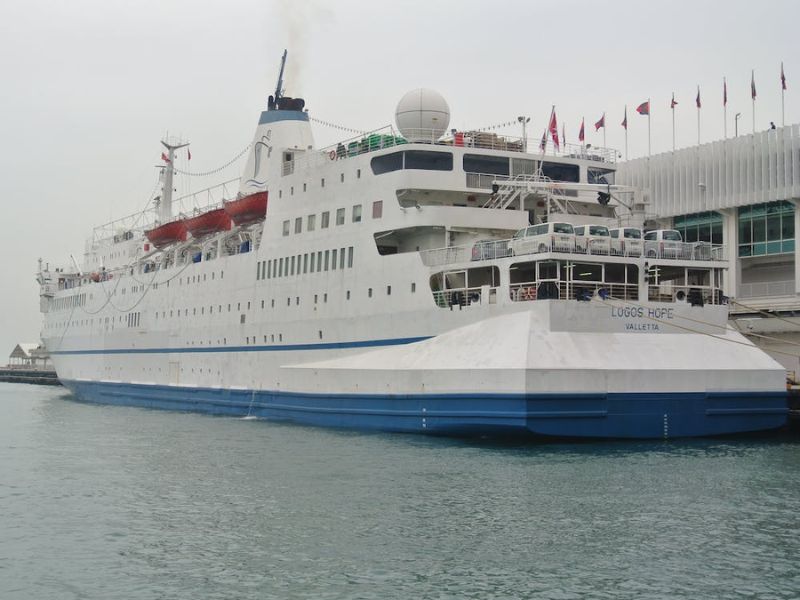Cruising has long been a popular choice for leisure travelers, offering the allure of exploration and relaxation on the high seas. However, concerns about the environmental impact of traditional cruise ships have raised questions about the industry’s sustainability. In recent years, there has been a growing focus on developing zero-emission ships to make cruising more eco-friendly. Let’s explore what you need to know about these revolutionary vessels.

Image Credit: Pexels/Michael
Zero-Emission Ships: A Sustainable Alternative
Zero-emission ships, or green or eco-ships, are vessels designed to operate without releasing harmful environmental emissions. These ships aim to minimize or eliminate the use of fossil fuels and adopt alternative energy sources such as renewable energy and advanced propulsion technologies. By doing so, they reduce air and water pollution, carbon emissions, and their impact on marine ecosystems.
Technological Innovations Driving Change
Several innovative technologies are being employed to create zero-emission ships. One prominent solution is using electric propulsion systems powered by advanced batteries or fuel cells. These systems generate electricity without combustion, eliminating exhaust emissions. Additionally, renewable energy sources like solar panels and wind turbines are integrated to reduce reliance on conventional fuels further.

Image Credit: Pexels/Esmanur
Sustainable Practices Onboard
Zero-emission ships also prioritize sustainable practices onboard. Advanced waste management systems minimize pollution by implementing water treatment, recycling, and efficient waste disposal technologies. Moreover, eco-friendly materials and energy-efficient designs are used in ship construction to reduce energy consumption and lower the vessel’s carbon footprint.
The Future Of Eco-Friendly Cruising
While zero-emission ships represent a significant step toward sustainable cruising, the industry still faces challenges in their widespread adoption. One major obstacle is the limited infrastructure for alternative fueling options and recharging stations. Developing the necessary infrastructure and ensuring the economic viability of these ships requires crucial collaboration between cruise lines, governments, and energy providers.